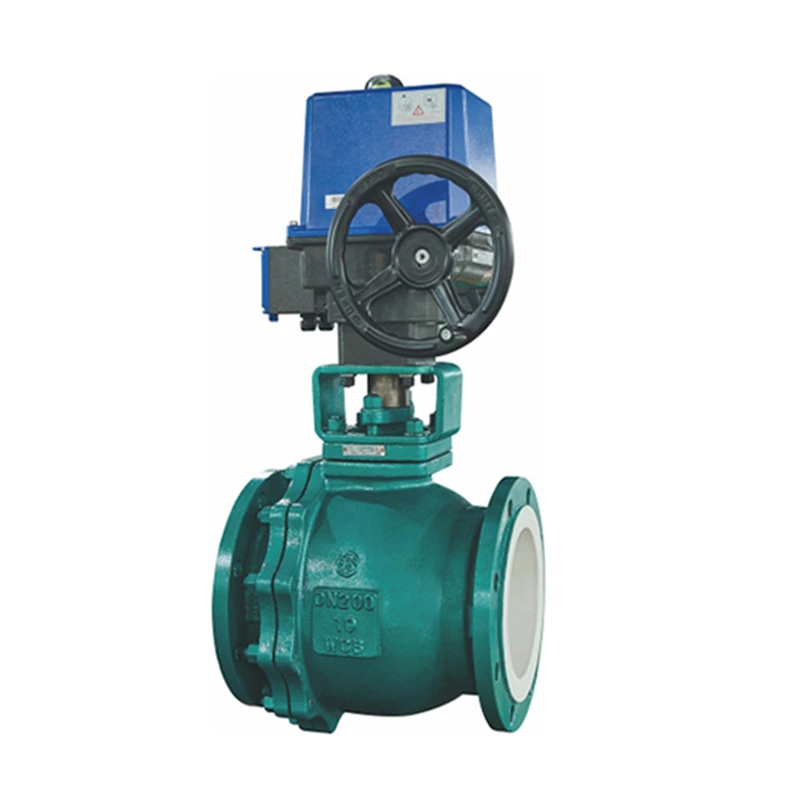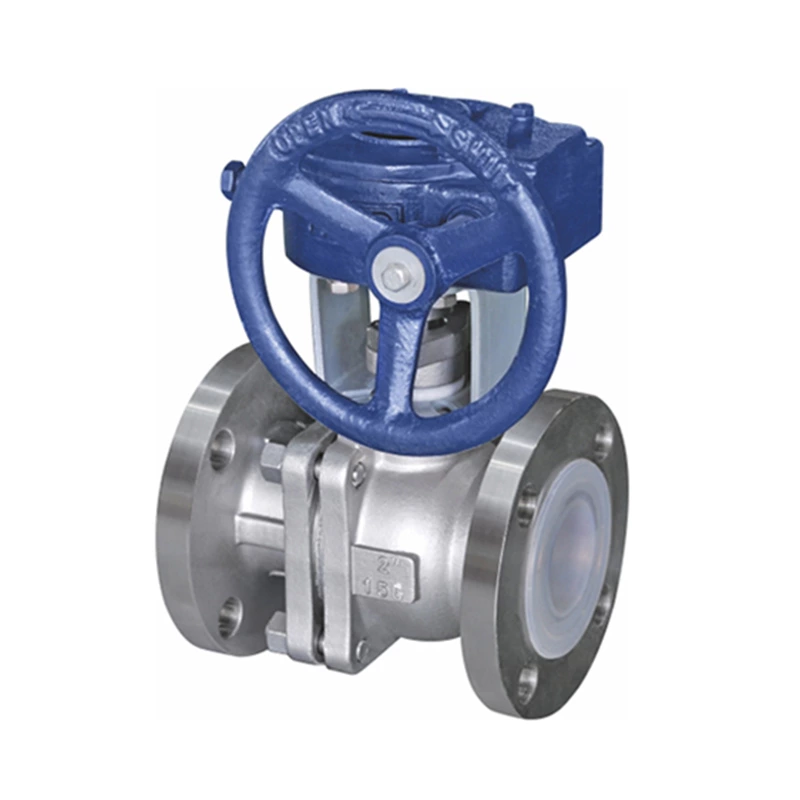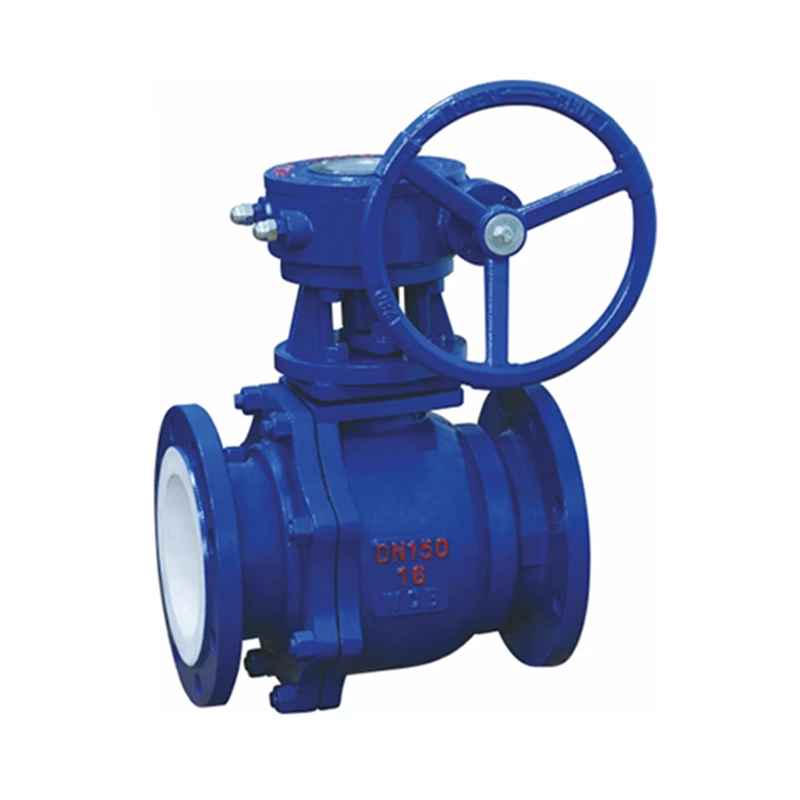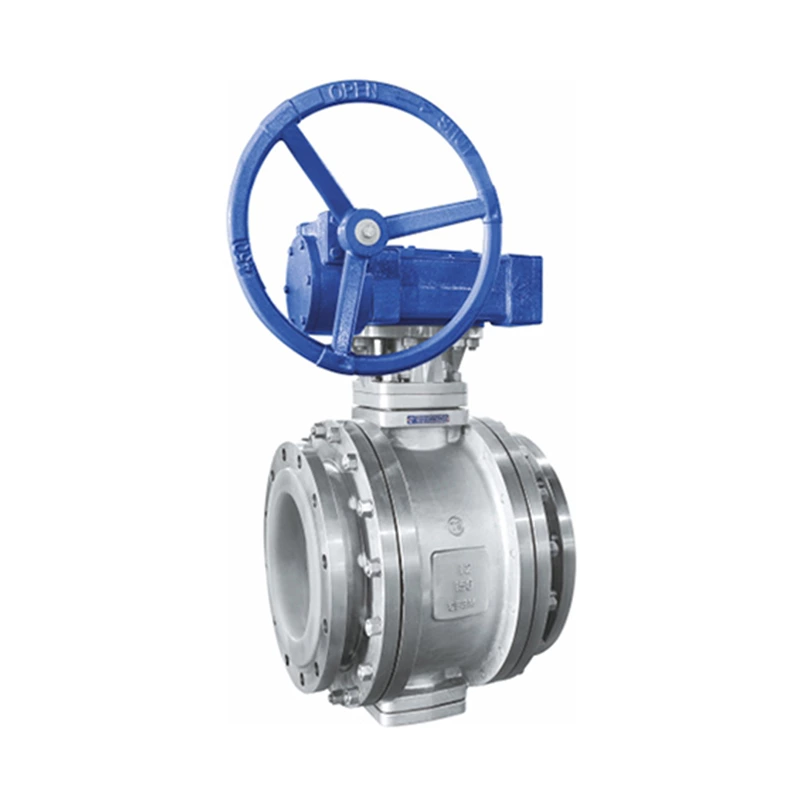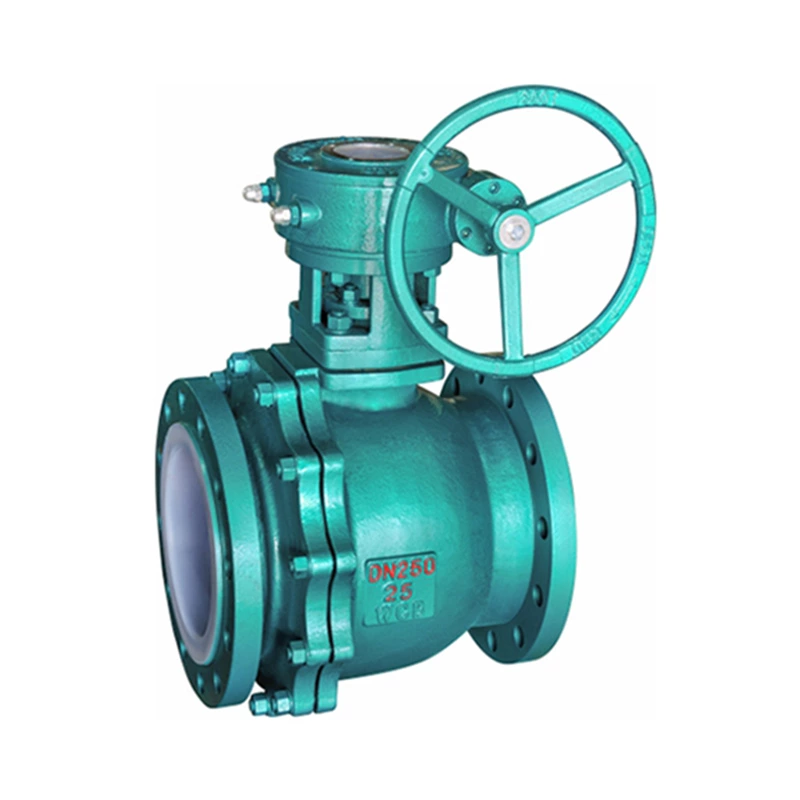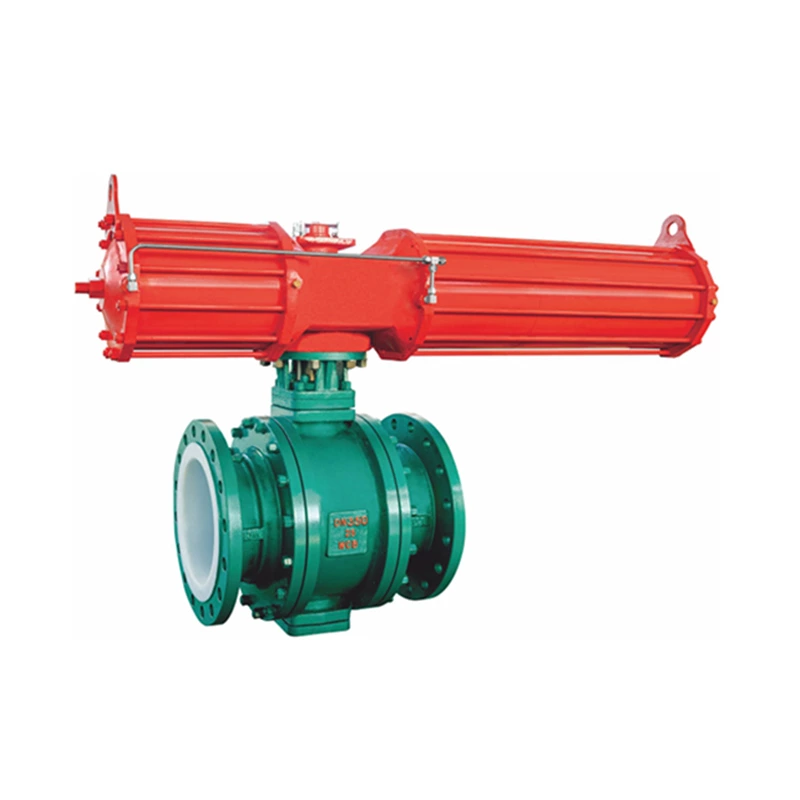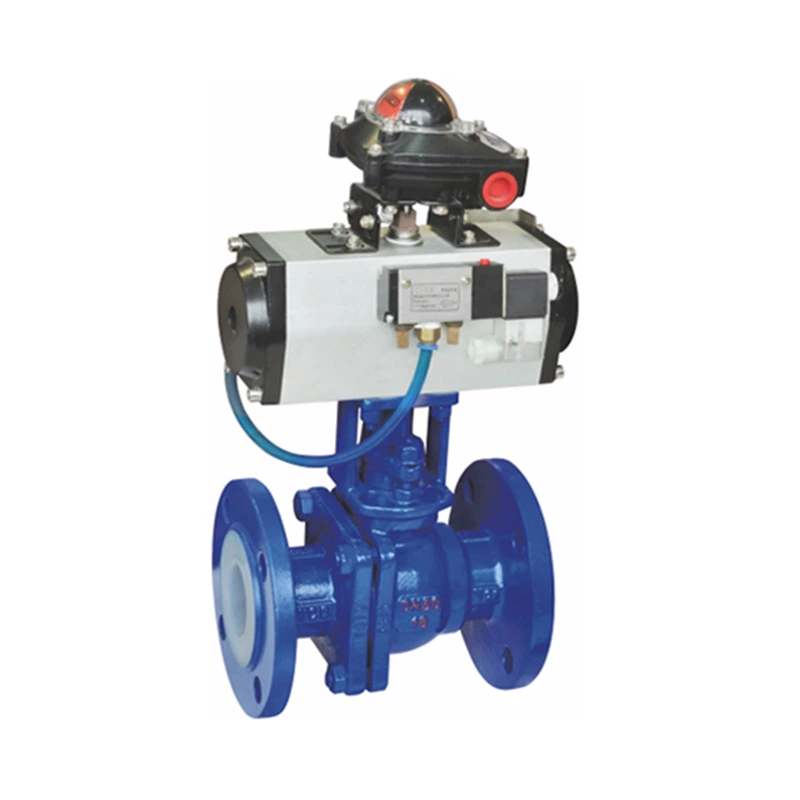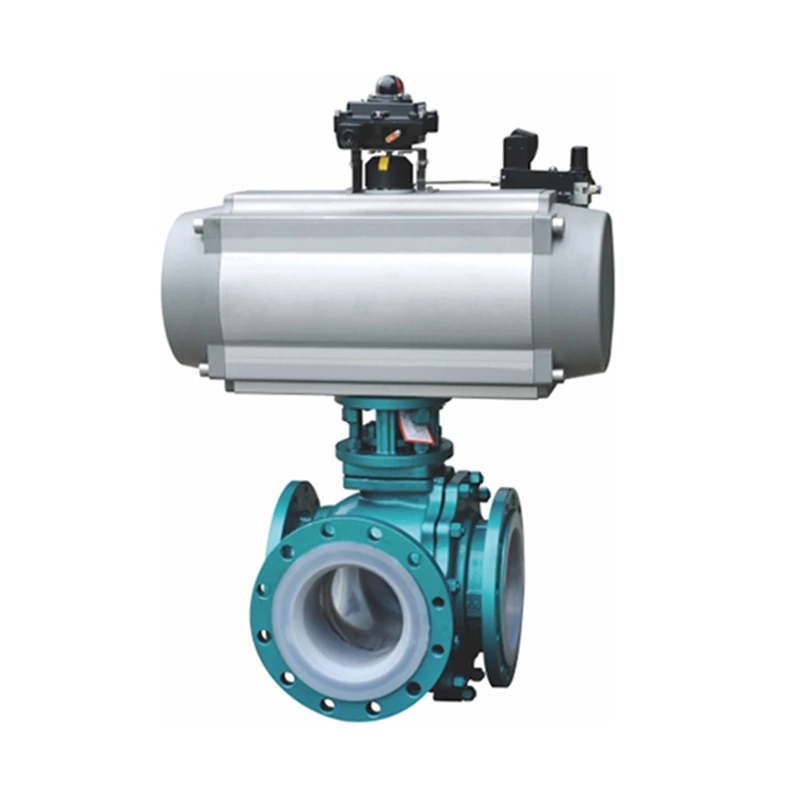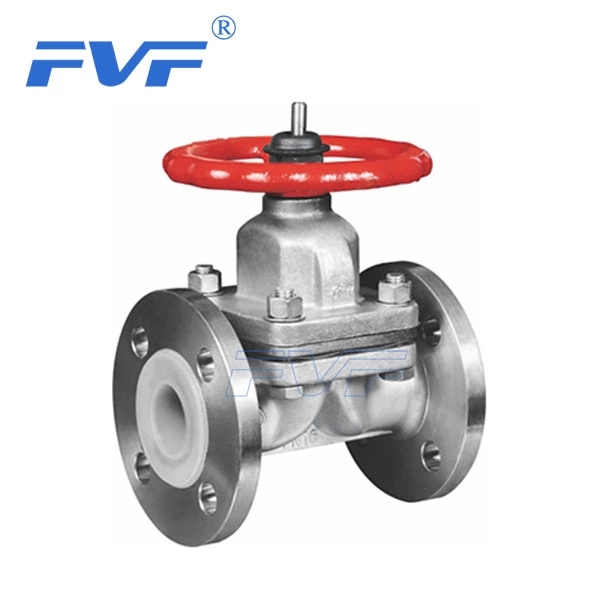Tips For Choosing Valves
Care should be taken when choosing the Lined Valve that best suits your application. To avoid ambiguity, each valve should be precisely specified, and a comprehensive and appropriate description of the required valve should be made when inquiring or ordering.
1. What is the control function of the valve? Each valve structure is used to perform a certain function. Do not expect one valve to perform all functions in the entire pipeline system.
2. Pressure-temperature rating. In order to meet actual needs, please pay special attention to the pressure-temperature rating of the required valve. Pay special attention to the sealing material and gasket material, which to a large extent determine the pressure-temperature rating of the valve. Specify the sealing material and sedimentation material according to actual needs to meet or exceed actual needs.
3. Valve and connection method. The integrity of the pipeline system, future routine maintenance, anti-corrosion factors, on-site assembly, weight and safety and other factors are all factors that should be considered when determining the connection method between the valve and the pipeline.
4. Operation mode or operation method Select the appropriate operation mode or operation method based on factors such as valve type, size, pressure, temperature, installation environment, etc.
5. When ordering valves, please provide the following data to avoid unnecessary repetition and delays and ensure that the valves purchased are indeed the valves you need.
1) Valve diameter.
2) Pressure interface materials: castings and component materials.
3) Valve types: imported valves, ball valves, needle valves, stop valves, gate valves, check valves, butterfly valves, etc.
4) Terminal connection method. If the connection method is welding, the wall thickness of the connecting pipe must also be provided; if the connection method is flange, the flange surface or polishing degree must be provided.
5) Any materials different from the standard configuration: sealing materials, sedimentation materials, bolt materials, etc.
6) Any accessories: acid protection layer, locking device, chain operation, etc.
7) Manual or power actuator: Please include the required technical details.
8) For the convenience of ordering, please determine the specifications and models. The nominal diameter of the pipe connected to the valve must be determined. Valve Materials When deciding on the correct valve material, the following factors should be considered:
The fluid medium that the valve is to control; the temperature range of the fluid medium; the pressure range that the valve is to withstand; the climatic conditions that may affect the operation of the valve; the possible abnormal pressures or stresses that the valve is to withstand; the safety standards or pipeline regulations that need to be met.
